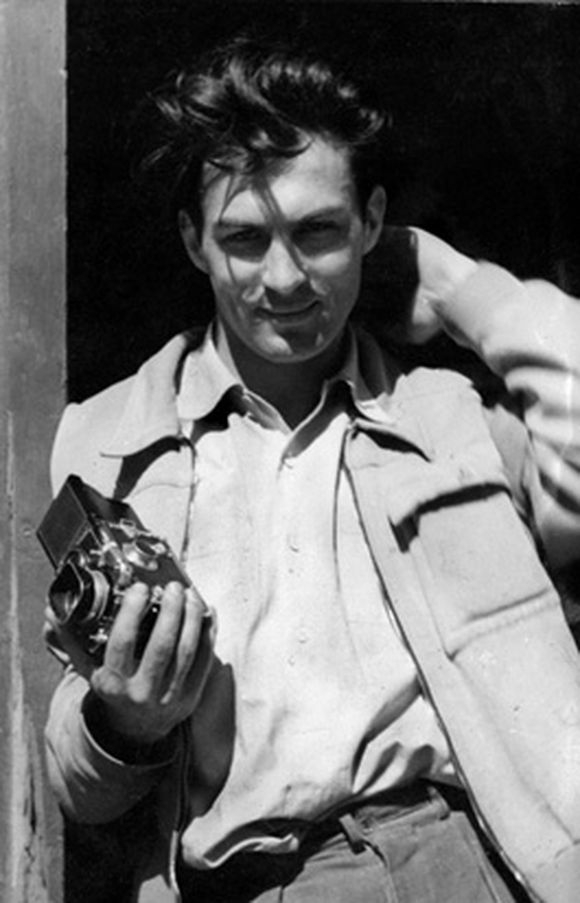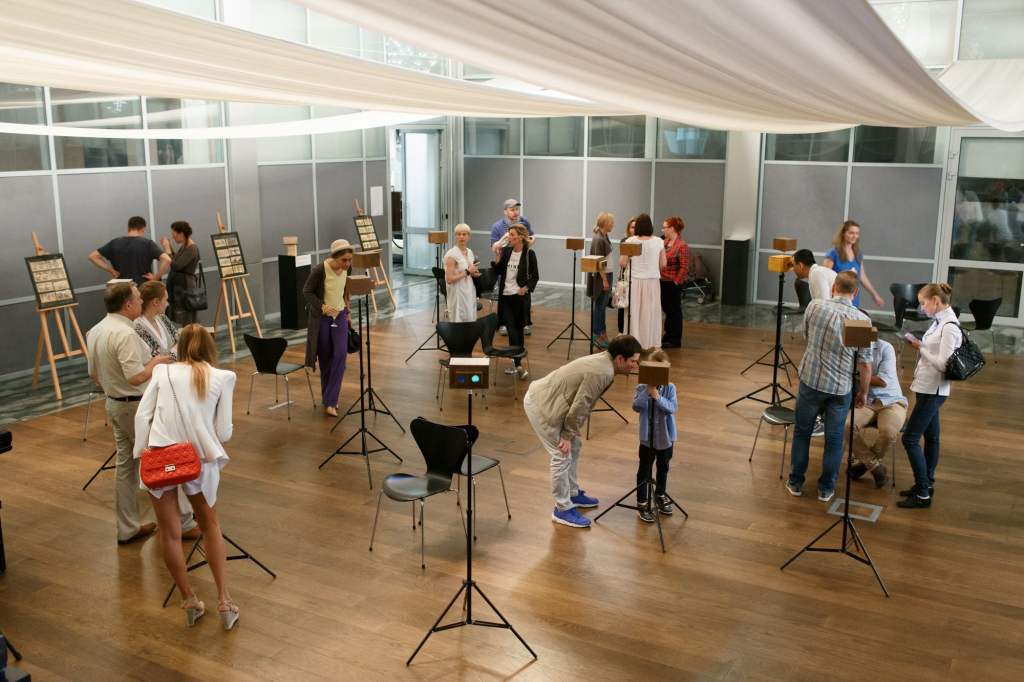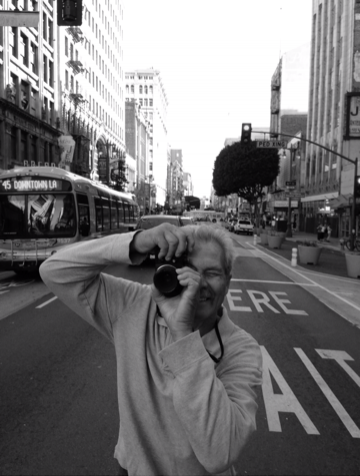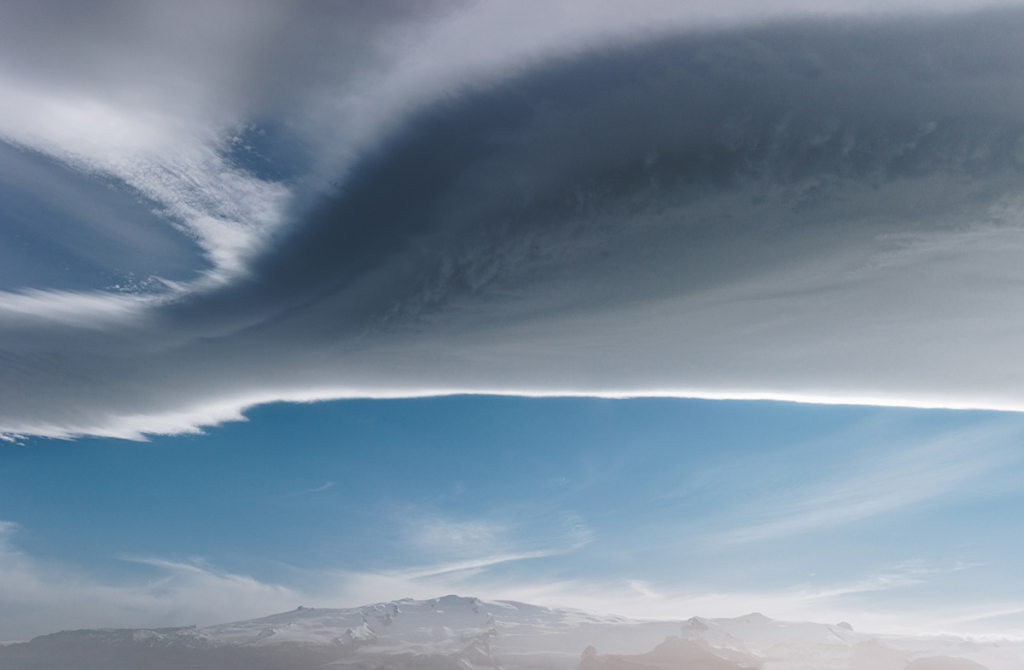THIS SHOULD KNOW EVERYONE: HOW TO REMOVE WITH A REFLECTOR
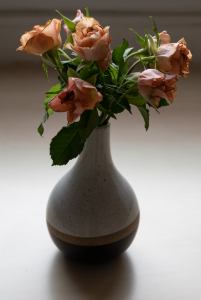 Natural light is very often the best light to make a great photo. But he does not always have the right direction and intensity. However, there is a simple way to solve these problems – reach for the reflector and direct the light as you need.
Natural light is very often the best light to make a great photo. But he does not always have the right direction and intensity. However, there is a simple way to solve these problems – reach for the reflector and direct the light as you need.
You can take almost any surface that can reflect light, and use it as a reflector. For example, in the studio very often there are traditional reflectors from polystyrene sheets – they are cheap and light, and in addition, they can be covered in different colors to give different effects.
Compact reflectors are an alternative option. Such reflectors are a textile fabric, stretched on a metal frame, which can be conveniently packaged in light packaging. Reflectors “5 in 1” – the most common option. With them at your disposal there are five different surfaces at once. Light-disk is most often used when shooting portraits, in macro photos and in product photography.
Most often such reflectors have 5 canvases of primary colors: white, black, metallic silver, metallic gold and translucent. The diffusion surface is the fifth part of the 5-in-1 system. Instead of acting as a reflector, it works as a diffuser for light passing through it.
Examples of photos are given below. They were all shot against the light. See what the difference is when using reflectors of a particular color when shooting.
White. The surface does not change the color or nature of the light that reflects. The light is pleasantly diffused and very natural. White surfaces are often used to brighten shadows caused by strong sunlight. They also play the same role in the studio when you use one of the more severe types of lighting.
Silver. Reflected light is relatively cold and strong. It models objects more, does not look natural, and is more visible in the photo. Use it when the light that the white reflector gives is not intense enough.
Golden. Similar to silver reflectors, they emit a fairly intense light, but also add a warm shade, reminiscent of the light from the sunset, and therefore allow you to simulate evening lighting in the daytime. This makes them especially useful for taking portrait photos.
The black. Unlike other surfaces, black absorbs light, but does not reflect it. This way you can use black canvas for opposite purposes. Instead of lightening the shadows, you can reverse them. Such a surface is useful when there is a lot of natural light, but it is so diffused that it does not sufficiently decorate your object. Adding shadows is known to give photos greater depth.
